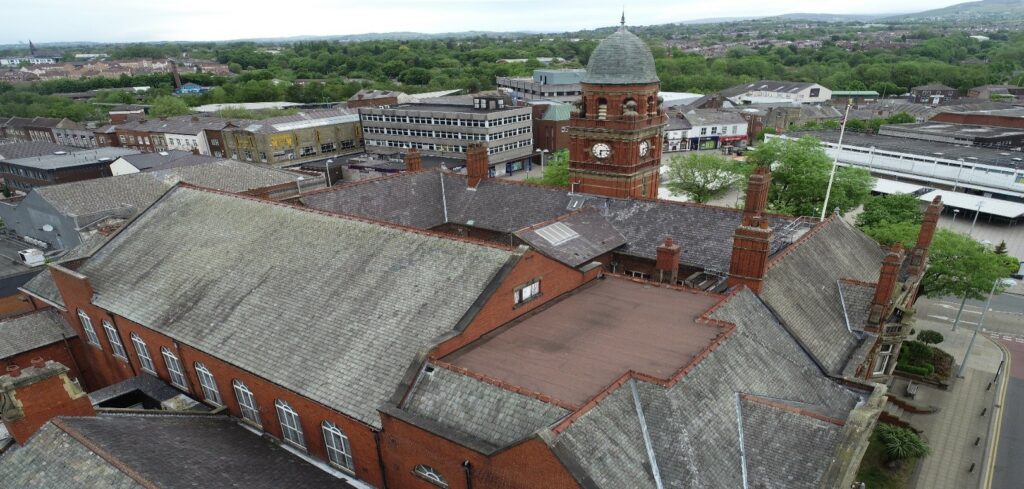Ten key ideas for your team to try
As part of its national commitment to tackling climate change, the UK government is pushing businesses and other organisations to improve the energy efficiency of their building stock. This is part of their push to make the UK carbon neutral by 2050. To provide help, significant new grants are also being made available for key projects; such as upgrading insulation and installing renewable heating technology. This type of work can bring many significant advantages, including reducing operating costs, enhancing the working environment and improving the environmental credentials of your operations.
Here are ten key things you should think about to get started:
DO AN AUDIT
The first step is to see how your building is using energy and where there are opportunities to make savings. You can appoint a consultant to help you, or put an audit team together from your staff. If your organisation is over a certain size, you may have to commission an energy audit as part of the government’s Energy Savings Opportunity Scheme (ESOS).
GET A DRONE SURVEY DONE
A Drone Thermal Imaging Survey is a cost-effective way to assess the condition and energy efficiency of the fabric of commercial and residential buildings. At Graham + Sibbald, we offer this service as part of our condition and maintenance surveys and use the findings to recommend energy saving improvements and technologies, to reduce the carbon footprint of our clients’ buildings.
MAKE AN ACTION PLAN
Following your audit and the necessary survey work, put together an energy action plan to improve the energy efficiency of your property. At Graham + Sibbald we can provide planned preventative maintenance schedules (for e.g. over a five-year period) that identify key energy efficiency improvements (alongside priority fabric maintenance) that can be planned in over a longer-term period.
LOOK FOR QUICK WINS
Many energy saving actions can be implemented quickly and for relatively little or no money. For example, turning down thermostats by a few degrees, fixing leaky ductwork and sealing gaps around doors and windows can all produce significant gains.
IMPROVE THE BUILDING FABRIC
Look for opportunities to improve the thermal efficiency of the fabric of your building by reducing any air leakage opportunities and installing or upgrading insulation in ceilings, under floors and within (or on) walls.
ENHANCE WINDOWS
Windows and large glazed walls can be significant areas of heat loss, particularly if they are single-glazed. Look at your options for improvements – these can include thermal films, secondary glazing and replacing existing windows with double or triple glazed units.
UPGRADE PLANT AND CONTROLS
Your building’s heating, cooling and lighting systems will be a main source of energy consumption. Audit these electrical provisions to see how they are performing and whether it makes sense to replace them with newer, more efficient renewable energy systems. Remember to look for quick maintenance fixes and don’t forget your control systems – look into whether you can install energy efficient devices such as motion sensors, timers and building management systems.
MAKE IT PART OF YOUR CULTURE
As you put your energy action plan into place make sure that saving energy becomes part of your corporate culture. One way to do this is through signage. Another good idea is to appoint energy champions to encourage everyone to do their bit.
SEE WHAT HELP YOU CAN GET
There are an increasing number of government schemes and grants available for energy efficiency improvements in commercial buildings. For example, around £1 billion is available through the Public Sector Decarbonisation Scheme for public sector bodies to fund energy efficiency improvements and decarbonisation measures.
THINK ABOUT CERTIFICATION
To prove that you have really met the mark in terms of energy efficiency, you might want to consider certification under BREEAM. Certification involves a licensed assessor checking to ensure that your building meets strict sustainability standards.
For more information on how Graham + Sibbald’s Manchester Office can help make your buildings more energy efficient contact: T: 0161 302 5312 E: manchester@g-s.co.uk






